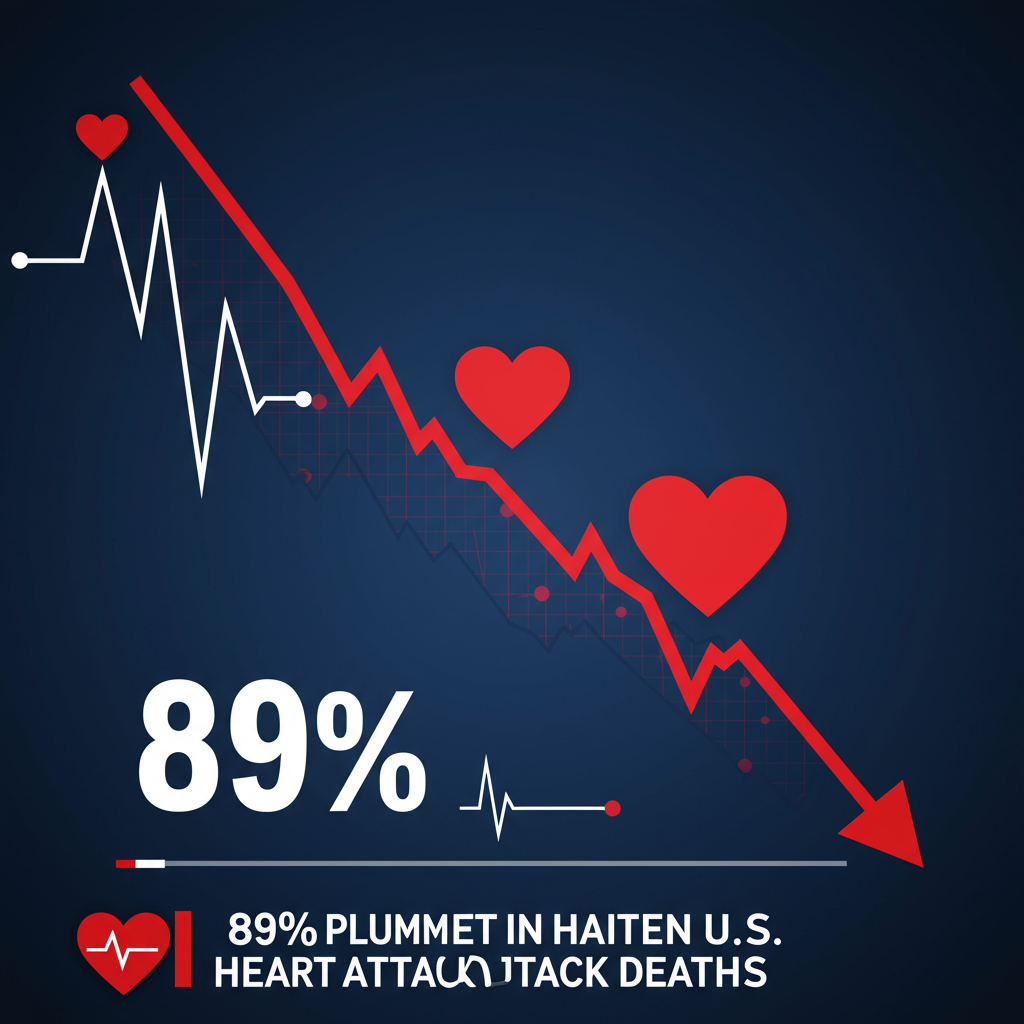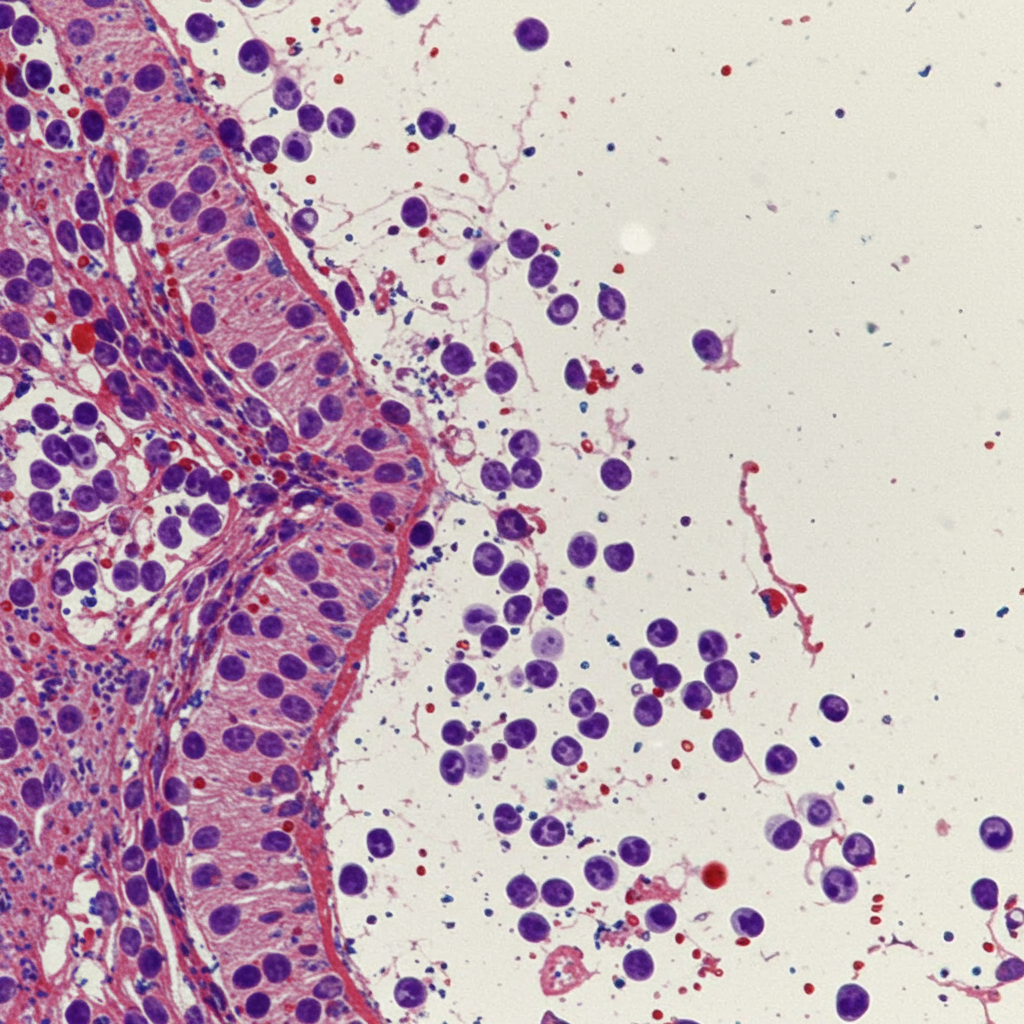Heart disease remains the leading cause of death in the United States, a somber statistic that has held true for decades. However, the landscape of how heart disease claims lives has undergone a dramatic transformation over the past 50 years, according to a significant new study.
Published in the Journal of the American Heart Association, the research analyzed data from the Centers for Disease Control and Prevention (CDC) on adults aged 25 and older between 1970 and 2022. The most striking finding: the overall age-adjusted death rate from heart disease plummeted by an impressive 66 percent.
A Triumph Against Heart Attacks
This remarkable overall decline was largely powered by monumental progress in preventing and treating heart attacks (acute myocardial infarction) and other forms of ischemic heart disease, which result from narrowed arteries reducing blood flow to the heart. Deaths specifically attributed to heart attacks dropped by a staggering 89 percent during the study period. Mortality from all ischemic heart disease collectively fell by 81 percent.
In 1970, ischemic heart disease accounted for the vast majority of heart disease deaths (91%), making up 41% of all fatalities in the U.S. By 2022, while the total number of heart disease deaths remained substantial (around 700,000), they represented a smaller proportion of all deaths (24%), and the share attributed to ischemic heart disease had dropped significantly to 53%. Heart attacks, which once caused over half of heart disease deaths in 1970, were responsible for less than one-third by 2022.
Experts hail this reduction as a major public health success, a “triumph of medical innovation and implementation science.” The decline is attributed to a combination of factors:
Medical Breakthroughs: Advancements like improved emergency response (CPR, defibrillators), diagnostic tools (angiography), procedures (angioplasty, stenting), and medications (statins, beta-blockers, blood thinners, thrombolytics) have dramatically improved survival rates for acute events.
Public Health Efforts: Widespread initiatives like reduced smoking rates, increased physical activity, improved guidelines for managing cholesterol and blood pressure, and greater public awareness of symptoms have played a crucial preventative role.
The Alarming Rise of Other Conditions
Despite the significant victory against acute heart attacks, the study reveals a concerning counter-trend: deaths from other chronic heart conditions have risen sharply. Between 1970 and 2022, mortality rates from these “other” types of heart disease collectively increased by 81 percent.
Specifically, the study highlighted dramatic increases in deaths from:
Heart Failure: A 146 percent rise.
Hypertensive Heart Disease: Deaths linked to long-term high blood pressure jumped by 106 percent.
Arrhythmias: Fatal irregular heartbeats saw a striking 450 percent surge.
This indicates a significant shift in the burden of heart disease mortality. While people are much more likely to survive a heart attack today than 50 years ago, they are increasingly succumbing to chronic conditions that can develop over time.
Why the Shift? Aging and Risk Factors
Several factors contribute to this changing pattern of heart disease deaths:
An Aging Population: As medical care improves and life expectancy increases, more people are living longer. Heart disease risk naturally increases with age, making older adults more susceptible to chronic conditions.
Survivors Develop Chronic Issues: A critical consequence of successfully treating acute heart attacks is that more individuals survive but may be left with weakened heart muscle or other damage that can progress to conditions like heart failure or chronic ischemic disease.
Rising Cardiometabolic Risk Factors: Experts point to a concerning increase in underlying health issues that fuel chronic heart problems. Over the study period, obesity rates in U.S. adults surged from around 15% to 40%, while diabetes and high blood pressure now affect nearly half of the adult population. These conditions significantly increase the risk of heart failure, hypertensive heart disease, and arrhythmias.
As one cardiologist summarized, heart disease is still the top killer, “but it’s no longer from heart attacks… instead it’s from heart failure and arrhythmias.”
What Happens Next: Shifting the Focus
The study’s findings underscore a critical need to adjust healthcare and public health strategies. While continuing to focus on acute emergencies is vital, there must be an intensified focus on:
Chronic Disease Management: Ensuring people with existing heart conditions, particularly heart failure and hypertension, receive optimal, long-term care and adherence to effective therapies that are often under-prescribed.
Primary Prevention: Doubling down on efforts to prevent the development of heart disease risk factors like obesity, diabetes, and high blood pressure, ideally starting early in life. Managing these factors through lifestyle (healthy diet, exercise, weight management, quitting smoking, sufficient sleep) and medical care can prevent or delay the onset of chronic heart conditions.
The war against heart disease is far from over. While winning major battles against fatal heart attacks represents incredible progress, the rising tide of chronic heart conditions presents a new, urgent challenge requiring renewed focus on aging healthily and preventing disease before it takes hold.



